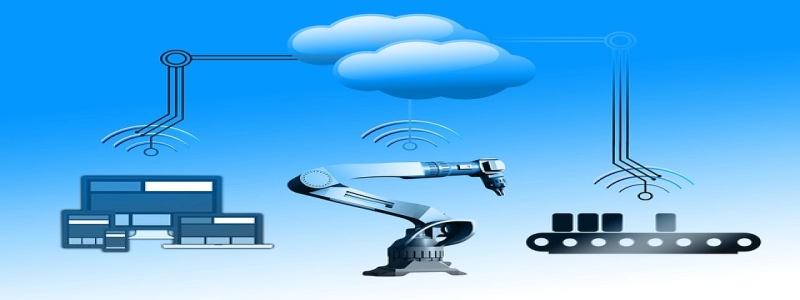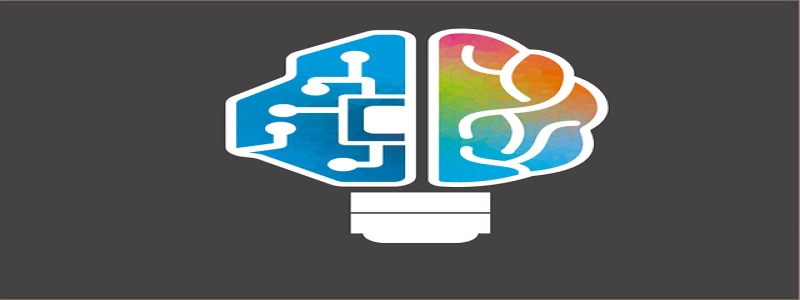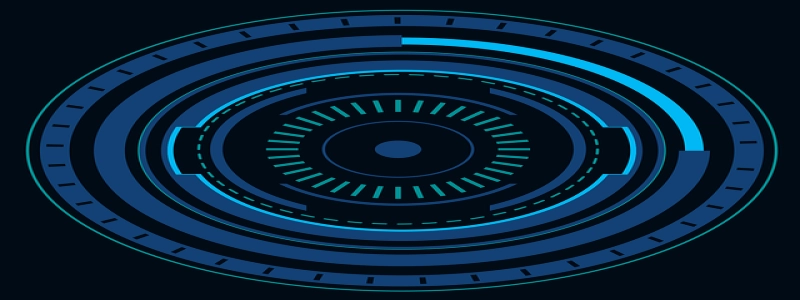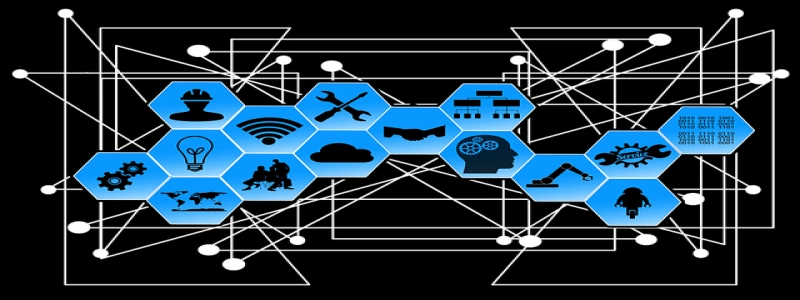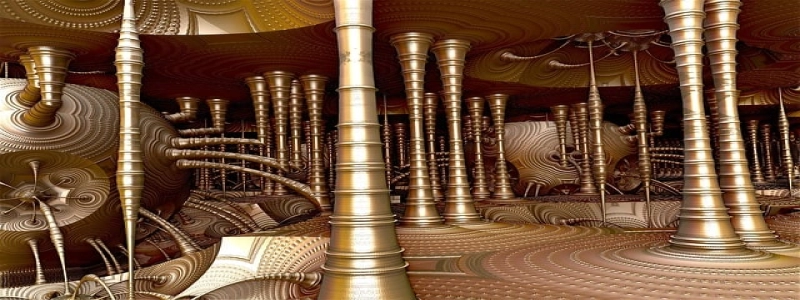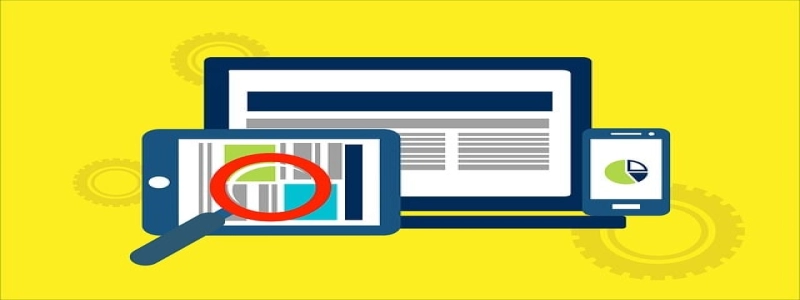CAT 5 Cable Ethernet
Introduction:
The CAT 5 Cable Ethernet, also known as Category 5 Cable, is a type of twisted pair cable used for Ethernet networking purposes. It is a widely used cable that provides reliable and high-speed data transmission in various networking applications. In this article, we will discuss the components, features, and advantages of CAT 5 Cable Ethernet.
I. What is CAT 5 Cable Ethernet?
CAT 5 Cable Ethernet is a type of network cable that consists of four twisted pairs of copper wires enclosed in a protective outer jacket. It is designed to support Ethernet communications up to 100 Mbps (Megabits per second). The cable is terminated with RJ-45 connectors at both ends, allowing it to be easily connected to network devices such as computers, routers, and switches.
II. Components of CAT 5 Cable Ethernet:
1. Copper Conductors: CAT 5 Cable Ethernet uses four twisted pairs of copper wires for transmitting data signals. The copper conductors offer excellent conductivity and low resistance, ensuring efficient and reliable data transmission.
2. Insulation: Each of the four pairs of copper wires is individually insulated to prevent signal interference and ensure data integrity during transmission.
3. Twisting: The copper wire pairs are twisted together in a specific pattern to minimize crosstalk, which occurs when signals from one pair interfere with signals from another pair. The twisting helps in reducing electromagnetic interference and achieving better signal quality.
4. Outer Jacket: The CAT 5 Cable Ethernet is covered with a durable outer jacket, usually made of PVC (Polyvinyl Chloride), which provides protection against physical damage and acts as a barrier against external interference.
III. Features of CAT 5 Cable Ethernet:
1. Data Transmission Speed: CAT 5 Cable Ethernet supports data transmission speeds of up to 100 Mbps, making it suitable for most Ethernet applications, including internet browsing, file sharing, and video streaming.
2. Distance: The maximum recommended length for CAT 5 Cable Ethernet is 100 meters. Beyond this distance, signal degradation may occur, leading to reduced data transfer speeds and reliability.
3. Compatibility: CAT 5 Cable Ethernet is backward compatible with older Ethernet standards such as 10BASE-T (10 Mbps) and 100BASE-TX (100 Mbps). This allows the cable to be used in a wide range of networking devices without the need for upgrades.
IV. Advantages of CAT 5 Cable Ethernet:
1. Cost-effective: CAT 5 Cable Ethernet offers a cost-effective solution for networking needs compared to higher category cables such as CAT 6 or CAT 7.
2. Ease of Installation: The cable’s standardized connectors, RJ-45, make it simple to install and connect to network devices. No special tools or expertise are required for installation.
3. Reliability: CAT 5 Cable Ethernet provides reliable data transmission with minimal signal loss, ensuring that network communication remains stable and uninterrupted.
4. Versatility: CAT 5 Cable Ethernet is versatile and can be used in various applications, including home networks, small businesses, and large enterprises.
Conclusion:
CAT 5 Cable Ethernet is a widely used network cable known for its reliability, cost-effectiveness, and compatibility. With its ability to provide high-speed data transmission, it remains a popular choice for Ethernet networking in various settings. Whether for home or professional use, CAT 5 Cable Ethernet continues to play a crucial role in ensuring seamless communication and efficient data transfer.
